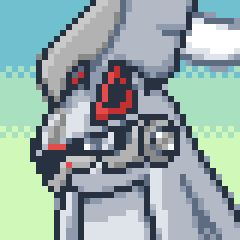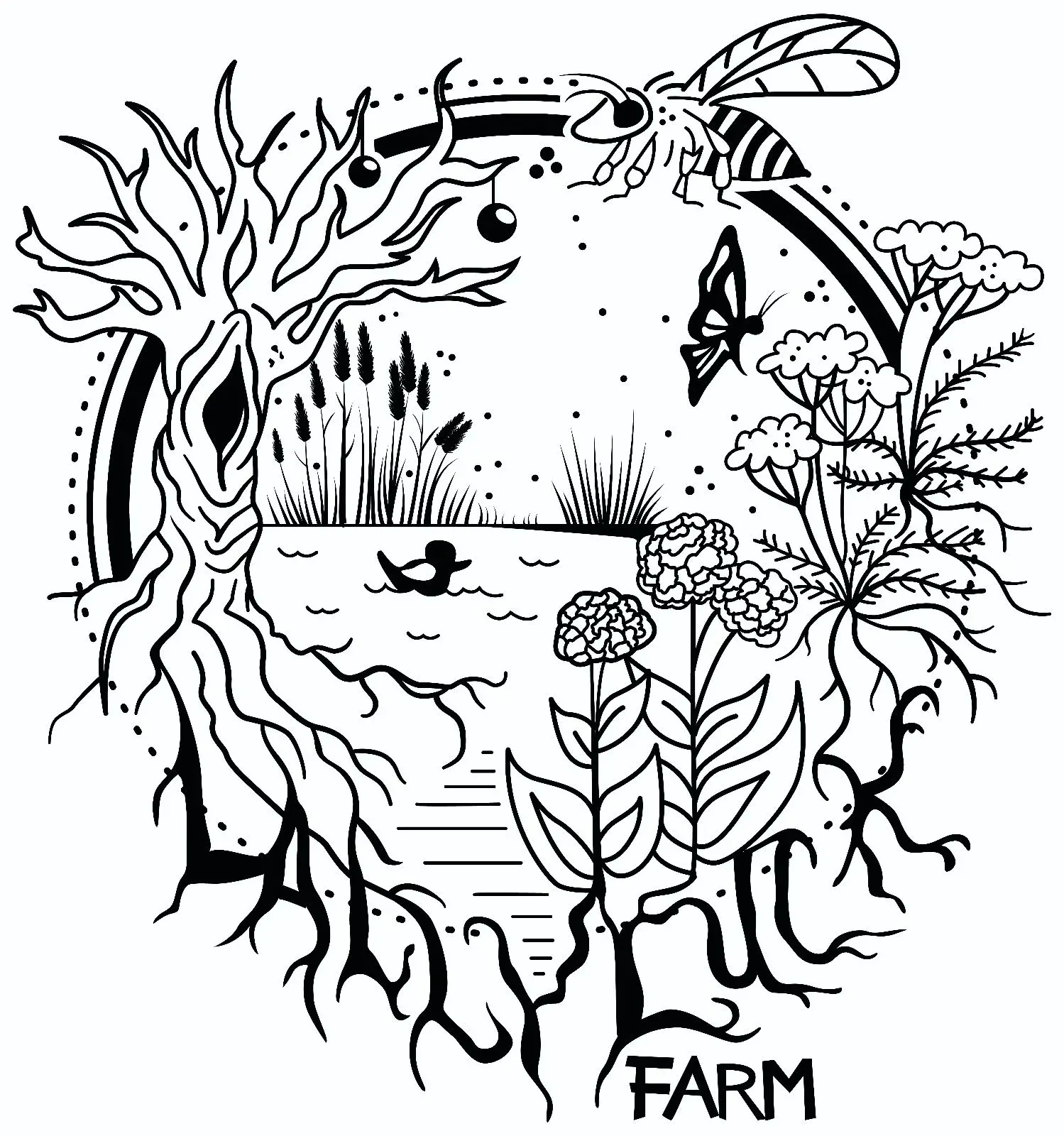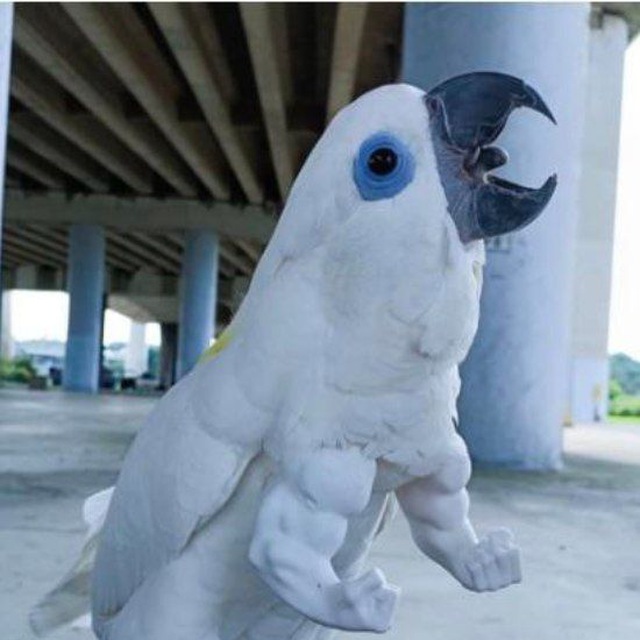Some choice quotes from the article:
[S]pent leaves that flutter to the ground aren’t a waste product. They are rich in carbon and play an essential role for the tree and the ecology it supports.
The leaves act as a physical barrier for soil, keeping it and its many microbes insulated, and also for the tree roots, as the wet mats of autumn leaves shelter the fragile top layer from the drying winds.
Many, many things live in these dead leaf layers: caterpillars of moths and butterflies, their chrysalises, beetles, centipedes, springtails, woodlice and spiders … and doesn’t the blackbird know it, rustling through the leaves?
No one loves wet autumn leaves more than earthworms, though. Sensing one of their favourite things, they start to work on incorporating them into the soil. Earthworms line their homes with autumn leaves, using them for bedding and then, because they are good housekeepers, they eat them as they break down.
Leave the leaves be: they are not a mess, a waste or a hindrance – they are life and vital with it.
🤖 I’m a bot that provides automatic summaries for articles:
Click here to see the summary
Large, soft leaves are hard to protect in the winter weather, so the trees evolved to lose them, but not their valuable resources.
The greens of chlorophyll go first, then the yellows of the xanthonoids, and then the orange carotenoids, until all that is left is brown – at which point the tree lets its foliage go.
Many, many things live in these dead leaf layers: caterpillars of moths and butterflies, their chrysalises, beetles, centipedes, springtails, woodlice and spiders … and doesn’t the blackbird know it, rustling through the leaves?
Earthworms line their homes with autumn leaves, using them for bedding and then, because they are good housekeepers, they eat them as they break down.
If you must rake them up because they make the path to your front door too slippery or they have coated the lawn, then return them to the tree.
Rake up the leaves, pile them up in a chicken wire cage or old compost bags with a few extra holes in them (the fungi that break them down need plenty of oxygen) and rot them down for a season or two.
Saved 71% of original text.
Well, if there is one thing I expect I will not be able to convince my parents of: This.
If I don’t, they come over and do it for me when I’m not looking. Same for pulling weeds and trimming my plants way too short and into sterile shapes. I fucking hate it.
The neighbours complain to the city if I don’t and last time I had to pay a $180 fine 😩
You Americans and your HOAs… 😜
Haha I’m Canadian 😭
You Canadians and your HO eh?
Nah just old neighbours with very very strong opinions.
That’s awful. I obviously don’t know your situation but is there a conservation group in your region that does “certified wildlife habitat” signs or other programs that could provide you with something that looks official? Could you add a few elements to that area to make it seem more intentional to those neighbors?
I looked for those signs but we live fairly rurally so we’re lucky we even have an SPCA haha
How about https://cwf-fcf.org/en/explore/gardening-for-wildlife/action/get-certified/
Granted I don’t see any pricing information for a sign, and it’s not like it affords any legal protection from your local bylaws, but maybe this is an avenue to have your neighbors better understand your goals for the space.
I appreciate this but I don’t think any sign would convince my neighbours or city council for that matter. They say prayers before each session and keep track of who goes to church 🤪
Usually I mulch mow my leaves. This year I just left them whole. We’ll see come spring how much the anti-leaf doomsayers are correct or not. “It can kill grass!” they say. Well, I’m not trying to make my yard look like a golf course in the first place, so maybe let’s start there.
We tried this with ours and the yard looked kind of gross through the spring but it didn’t kill the grass. I had to do that myself. Now we have a nice yard of Dutch clover started with plans to over-seed it in spring again.
It absolutely will kill the grass underneath and you’ll be left with a dirt patch all spring and summer speaking from experience.
It will be interesting. I cannot envision how leaving several inches of leaves on the lawn is a good idea. Leaving a lot of property just natural though. That may make sense.
Depending on how wind interacts with the location, many leaves are likely to end up congregating at boundaries like fences or walls or around taller garden elements like herbaceous perennials, shrubs, and trees. Smaller parcels with large canopy trees may run into this problem, but the aforementioned pattern plays out in our ⅒ acre poultry yard with several large deciduous trees overhead.
I think “several inches” is a bit overwrought. It’s like one layer of leaves that will be mulched up the instant I mow next spring. And what is a “good idea”? What’s going to happen? Some grass might die. Oh noes, the world will end!
We need to rethink how we live in all respects. And not depleting lawns of nutrients that we have to replace with artificial fertilizer is part of that
We recently got a chip drop and cardboard/mulched the entire yard in prep for a more food and natives oriented lawn (and to kill the grass). The neighbors and family are incredulous, but the enormous earthworms we keep finding seem to enjoy it. When the leaves started falling we started mixing them with the mulch, even asked some neighbors for their bagged leaves.
I think they’ll understand better when it starts taking shape. And anyway, it’s not their lawn, who cares!
That was me last fall with my “trash and leaves pile” that is now a nice new garden with flowers and decorative grass
But you’ll be “the weird neighbor” if you don’t have perfectly green, trimmed and clean lawn!
Bonus!
You need to add that to the previous comment. You sounded like a loon who thought that leaves wouldn’t do any damage if left on top of the grass to smother them. You will lose some grass and depending on how many leaves as well the temp and amount of rainfall, you could end up with a ton of dead grass. I cleared my leaves as soon as I could after they fell.
I think that golf-course lawns are lame anyways.
Everyone in a neighbourhood having a sterile golf-course lawn helps to contribute to the destruction of local ecosystems. But people care more about their grass being neat over trivial things like that, I suppose.
Edit: Clarity
Golf course lawns are lame and terrible for the environment.
deleted by creator
Make sure the seeds you buy are for local varieties of plants! Local grasses, flowers, trees, bushes, even so called weeds as long as they’re native to the area! Weeds aren’t real, we made it up; there is only native and invasive. All plants serve a purpose in their natural habitat!
deleted by creator
Had a bit of storm came thru that ripped the bark off of nearby trees and littered my front yard with them. The next day I enjoyed watching the birds scavenge through them for bugs and bit of nectar from the nearby dropped flowers.
It definitely can kill grass if you have enough trees and therefore leaves. I still have a few dead spots from the leaves I missed last year. I do basic maintenance and care for my yard and it’s thicker and more lush than neighbors who go full tilt. Part of that maintenance is making sure the leaves don’t kill the grass. I did one round of mowing the leaves and when I could finally get around to clearing the rest that dropped instead of mowing I blew it all into the storm ditch.
I have a major problem with the idea of bagging it up and sending it somewhere else, but, you do need to get the leaves off of any grass that you want to survive and grow. Maybe you don’t care about having grass, that’s cool but for the umpteenth time here just so I get it across, leaves can and will kill grass.
Tell that to my HOA who won’t shut up about people needing to rake and remove their leaves.
HOAs are a cancer that drive people out of good homes.
Most people hate them, but have no idea how bad they actually are … https://www.youtube.com/watch?v=qrizmAo17Os
If you must rake them up because they make the path to your front door too slippery or they have coated the lawn, then return them to the tree. Rake them back up to the base of the tree, tamp them down a little and leave them alone
This is a common mistake that gets repeated, but trees don’t have the same uptake capabilities at their base as they do at their dripline - the space directly beneath the outer edges of their canopy. Here’s a quick explanation of the types of tree roots and their functions for those interested in learning a little more about it. The best place for the leaves, from the tree’s perspective, is at the dripline and tapering to their base. That’s where the majority of fine roots that are best at taking in nutrients are located.
That’s not to say there isn’t a value to gathering them in the way mentioned by the article, particularly if usable space is limited and that area is used for activities. What’s important is fostering the local ecology in a way that makes your appreciation of the space, and thus your stewardship of it, grow.
I think you linked to the wrong page; that one’s about the different types of roots and root systems.
I’ve gone and edited my comment for better clarity, but the linked page shows a good representation of the types of tree roots and their spacing relative to the canopy, with the functions they perform for the tree listed below. You’ll notice that the fine roots, which can grow from each other type of root, are most prevalent in the uppermost soil profile and towards the extremities of the lateral roots. The bulk of nutrient and water exchange happens in this zone, sometimes extending 1.5 - 4x the diameter of the tree’s canopy.
I’ve never seen anyone rake s forest floor and the forest seems to be just fine. Nature has been doing it’s own thing for a couple years and seemed to have figured out what works.
Us humans could learn so much about the world if we spent more time observing it in action. Instead we spent our time bending it to our will. Disrupting beautiful complexity while blissfully unaware of future consequences. Replacing nature with unadaptable machines that are high in maintenance. Machines which are prone to wearing out and breaking down. Replacing nature with our own complexity that doesn’t break down as nicely as a leaf or branch.
Nature in action is beautiful in it’s own right. No one should be judged for spending their precious time on this world observing nature. It’s a wonderfully complex and adaptive machine with many moving parts and doesn’t require any synthetic lube to run.
Most people aren’t trying to make their back yard into a forest though.
I don’t believe I was advocating for everyone to grow a forest on their property.
Personally, I’d love nothing more to have a forest garden in my backyard since it’s been brought up.
Personally, I’d love nothing more to have a forest garden in my backyard since it’s been brought up.
Martin Crawford, Dave Jacke, and Eric Toensmeier have said that forest gardens are any garden of three or more “layers”/elements planted in such a way as to function like natural forests. It’s definitely worth pursuing in whatever scale you achieve
Just be careful not to project too much onto nature. The layman’s idea of nature is pretty heavily biased because of our assumptions (and this obviously can be very different depending on the input culture). There is a strong dualism of culture vs nature and most of our idea of nature is produced in differentiation to our culture. For example, when people see human industrial technology as evil, nature is suddenly natural, chemical-free, mother earth, in harmony, sustainable, etc. But neither technology inherently evil nor nature inherently sustainable or better. Natural systems break down all the time. I would think that for a system of limited ressources sustainability would need some sort of planning capacity?
In the absence of humans, nature actually does kinda have its own raking mechanism: fire! By treating any fire as bad and suppressing it as much as possible, we have created a gigantic fuel load that creates much hotter, more dangerous fires when a fire does inevitably start.
The indigenous people of Australia used fire is a part of their land management. It helped clear the land and managed land between crops, regrowth and wild animal populations. Also, some seed pods require fire in order to open thier pods. Otherwise the seeds won’t be released. I had the opportunity to live in Australia for two years and got to learn about some of this.
This video nicely illustrates what has been learned about pre-colonial land management by the indigenous people.
To me, it appears they had a deep understanding of the land. Something that had been developed through careful observation and passed down through traditional knowledge. Knowledge that had been disrupted and destroyed. Leaving behind so many broken people.
It deeply saddens me to know that such intimate knowledge of the land had been destroyed. It makes me wonder just how much local knowledge has really been destroyed through colonialism or other expansive and destructive forces.
Even with all that said, we today can still learn from these people. We can still learn from the land around us. We can draw inspiration from all this in order to build a sustainable future. We can start building our own knowledge again to pass down to our future. It doesn’t have to involve raking our leaves and shipping it somewhere else that’s out or sight and out of mind.
My hate for mowing and raking runs pretty deep.
I’ve never raked my yard once ever
Trees and their leaves smother life underneath them in forests. The leaves do eventually biodegrade and fertilize the soil and in the spring before the leaves grow back the forest floor is full of lots of fast moving, fast living greenery, but then the leaves grow back and usually whats left is stuff that gets sunbeams from breaks in the trees and some hardier species and saplings waiting for their moment to take over. Trees move in slow motion, but they are actually quite active and competitive creatures. Even once their grown their branches smack into each other as the wind blows and they grow competing for sunlight. Some small trees will just give you a little coverage and yeah you can ignore it and it will be broken up and blow away on it’s own, but if you have a big tree your hard will get blanketed.
A yard and garden are not a natural forest theyre artifically curated. Letting a yard be smothered by leaves might be good for starting the cycle that slowly turns empty ground into forest in my parts, but most people keep that yard space for activities, or for kids to run around, or for putting a garden in or something.
That said a few leaves wont kill you and you dont have to immediately run for a leaf blower or rake as soon as a single leaf falls on the yard to keep your grass perfect.
The only two places I proactively remove leaves are the street drain (to prevent flooding) and my roof. Maybe the sidewalk if I’m feeling adventurous.
If they’re in the lawn IMO they’re not a problem. I’m honestly shocked anyone even has time to fuck around with taking/collecting them, regardless of how they look.

















